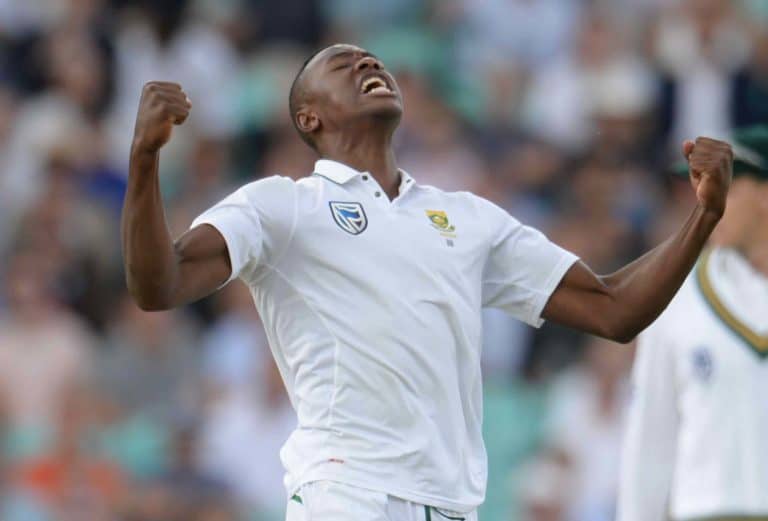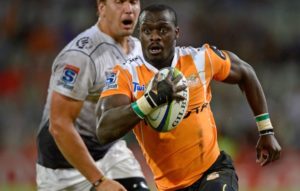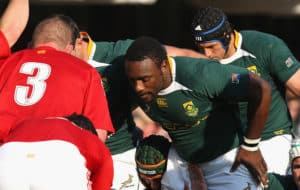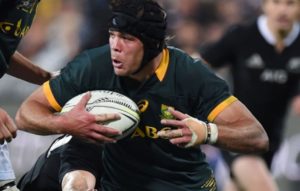Careful management of one of South African cricket’s prize assets will ensure that Kagiso Rabada takes his place among the Test bowling greats.
What did Rabada have to say after he’d claimed 10 wickets in Bloemfontein; after he’d become the youngest South African to reach the 100 Test-wicket milestone?
Shaun Pollock, the Proteas’ most prolific Test bowler of all time, interviewed the 22-year-old in the wake of South Africa’s crushing win over Bangladesh. Rabada told Pollock that he was looking forward to surpassing the 200-wicket mark in the years to come.
Rabada has brought a lot of energy to this Test side. He’s bowled with discipline and intensity. He’s walked towards every challenge like a veteran of 50 caps.
Indeed, it’s hard to believe that Rabada is only 22, or that it’s been less than two years since he made his Test debut. It’s encouraging to think about what he, and the Proteas, may go on to achieve in future.
REPORT: Rabada’s perfect 10 powers SA win
Vernon Philander raced to the 100-wicket mark in 19 Tests, while Dale Steyn got there in 20. Philander was 28 when he reached the milestone, though, and Steyn was 24.
Where does Rabada’s achievement rank in the grander scheme of things? Andy Roberts (West Indies) and Ian Botham (England) got there in 19 Tests, Waqar Younis (Pakistan) in 20, and Joel Garner (West Indies) in 21. Apart from Younis (then 21 years old) all of these players were younger than Rabada at the time of the achievement.
Australian greats Dennis Lillee and Jeff Thomson both took 22 Tests to claim their first 100 wickets. So did Proteas legend Allan Donald. Glenn McGrath, another Aussie, got there in 23 games.
On Sunday, Rabada suggested that the best may be yet to come from him and the Proteas. Again, that’s an encouraging thought for South African cricket fans.
Steyn has taken 417 Test wickets over a period of 13 years and should break Pollock’s South African record (421) when he returns from injury in the coming months.
Consider what some of those other seam bowlers went on to achieve over the course of their respective careers. McGrath finished with 563 Test wickets, more than any other seamer in the history of the five-day game. Lillee, Botham, and Younis claimed more than 350 Test wickets apiece.
Rabada still has a long way to go before he can be compared to those players. That said, he has made progress since his debut in 2015. The tours to Australia and England have aided his development and he appears to have a better understanding of his ability and what is needed in certain situations.
One of the biggest question regarding Rabada is whether he will go on to play in excess of 100 Tests. Many have called for careful management of this precious South African cricket asset – not least of all West Indian fast bowling great Michael Holding.
That is something the Proteas coaching staff and Rabada himself will need to get right. It’s a challenge nowadays, given all the hype around the shorter formats and all of the money that’s involved in tournaments such as the Indian Premier League. But if Rabada wants to emulate Steyn and Pollock’s Test records he will have to play fewer limited-overs matches in the next decade.
How the bowling attack evolves should be significant. Most of those great Test bowlers were involved in formidable attacks. Steyn was part of a seam unit that included Morné Morkel, Philander, and Jacques Kallis when the Proteas were the No 1 side in the world. McGrath was well supported by Jason Gillespie and others when the Aussies dominated Test cricket at the turn of the century.
Steyn (34), Morkel (33), and Philander (32) are coming to the end of their respective careers. Those players should not be discarded yet.
That said, coach Ottis Gibson and company must use every opportunity they can to develop more bowling options with the future in mind. The ongoing success of the team, and indeed the potency of Rabada, may depend on it.





